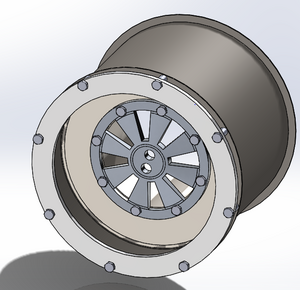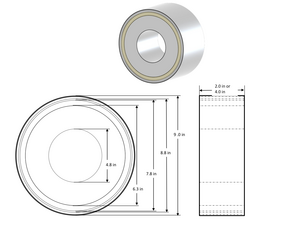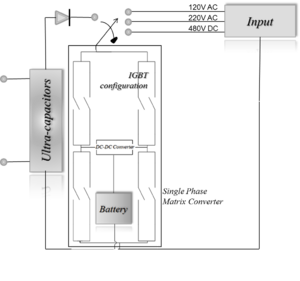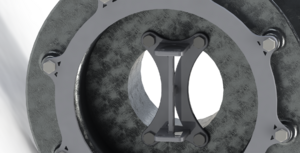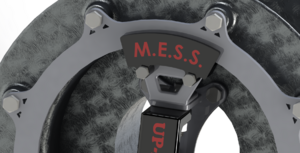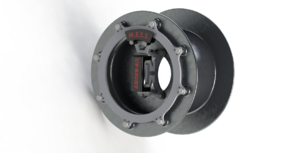Team-MESS
Redirect to:
NIATT Formula Electric Vehicle Powertrain Team
Team Members:[edit | edit source]
 |
 |
 |
 |

|
| Micah Wilson - ME | Tate Bischoff - ME | Jay Nair - ME | Victor Zarate - EE | Chinmay Subhedar - EE |
Client:[edit | edit source]
- Giselle Veach, NIATT
Design Statement:
To design mechanical braking, regenerative charging, and wheel attachments for the Formula Electric Vehicle.
The Design Problem[edit | edit source]
Jaz Veach, a graduate student in the electrical engineering department is currently designing in hub motors for an all electric vehicle. The motors will be new in that she is using linear induction motors as the wheel as well as the drive system which will be much more efficient. However because the only rotation part of the motor is the rim, it makes braking and connecting the motor to the car difficult.
The electrical engineers on our team are working on a regenerative braking system as well as a battery charging system for the vehicle.
Both from a mechanical and electrical standpoint we must be able to design an build a testing apparatus for the motors.
Linear Induction Motor:[edit | edit source]
- Rotating rim called the rotor
- Static center called the stator made of laminated metal plates with fins and wire coils wrapped around the fins
- Projected speed (straight line) - 35mph
- Projected power - 25lb
- The rim is projected to fit a 14in tire size
How it works:[edit | edit source]
This motor is not much different than a simple Induction motor. There are multiple coils around the stator that take alternating currents that make a magnetic field that 'pulls' the rotor around the stator
Design Objectives:[edit | edit source]
- Mechanical Braking
- The vehicle must be able to stop the vehicle in a reasonable amount of time
- The brakes should not add too much weight to the wheel
- Regenerative Charging
- The motors should be able to act as generators to save energy as the vehicle is braked electrically
- Wheel Attachments
- The wheel attachments should be able to take the force of the motors as well as the weight of the vehicle
- The wheel attachments should be easy to attach to a test apparatus as well as the suspension of the vehicle
- The rim of the wheel should be removable to accommodate for wet or dry tires at competition
Design Ideas[edit | edit source]
- Mechanical Braking
- Perimeter disc brakes
- 'Outside' brake disc
- Inverted brake caliper
- Rapid Charging
- Three types of charges used
- Type1 - 120V AC (regular wall socket)
- Type2 - 220V AC (washer/dryer socket)
- Type3 - 480V DC
- Three types of charges used
- Regenerative Breaking
- Recover the kinetic energy lost during breaking
- Recharge the batteries with the energy recovered
- Ultra-Capacitor bank
- Store the recovered energy before supplying to the batteries(if necessary)
- Wheel Center
- Attach directly to the stator
- Make it so an upright can attach to the center of the wheel center
- Make a mounting point for the brake caliper
Design Models[edit | edit source]
- Wheel Center attachment
- The stator is the fixed part of the motor and hence the wheel center is attached to the stator
- Inverted Brakes
- The disc (perimeter) brakes are inverted and attached to the wheel.
- Full Assembly
Other Information[edit | edit source]
The Formula Electric Vehicle (EV) is a new project that is currently in the design phase. The hope is to have a working car in time for the competition in the summer of 2015
